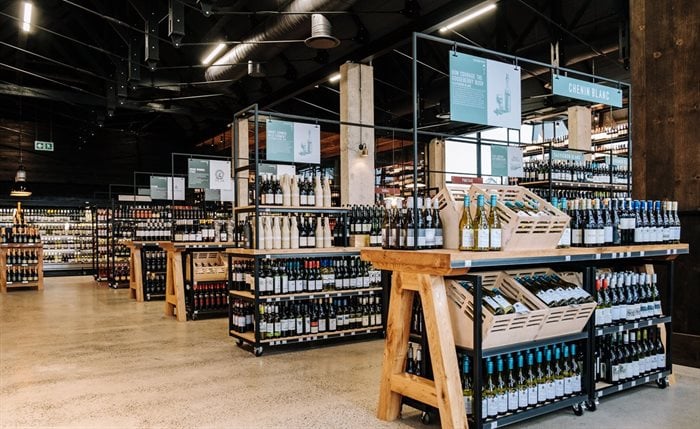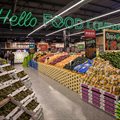Making your mark in the new era of in-store branding

In fact, due to the growth of online retail, it's more important than ever for brick-and-mortar spaces to create an appealing shopper experience, which means brands need to find creative ways to stand out in increasingly standardised environments, according to Leonard Gebhardt, founder and CEO of Red Fox Group.
“Experiential retail is just getting started. The pandemic has only accelerated the process of innovation and reinventing the store to adapt to new shopper expectations, especially within the FMCG space.
“Customers are enjoying being able to return to stores and with the widespread availability of digitally enhanced solutions, retailers should empower their teams to cater for experience-savvy shoppers with higher expectations,” says Gebhardt.
New look emerging across FMCG retail
Led by grocers Checkers and Woolworths, and steadily being picked up by Spar, Gebhardt says a new homogenous look is emerging across FMCG retail, with key elements being natural wood, black, metal, and bold white category signage with category-specific “shop-in-shop” theatre. Mostly, says Gebhardt, these shops (and their associated bottle stores or wine sales areas) are driven by their own aesthetic and desire to stimulate the visual senses.
“Gone are the days where brands could just put up a poster and cardboard gondola ends. Grocers are now taking cues from large apparel and cosmetic chain stores, where brands are not only required to 'buy' their space through rebates and discounts but are also having to bear the cost of shopfitting to drive their own identity while still adhering to the store aesthetic,” says Gebhardt.

Using the new Lifestyle Spar Tops, which opened on 1 December 2020 in Ballito as an example, Gebhardt points out how the liquor environment is changing, emphasising the importance of how design solutions need to not only fit in with store aesthetics but can be customised in order to be rolled out at scale and still meet the retailers’ requirements.
According to Gebhardt, the Tops rollout was successful in enhancing the shopping experience in that it was vibrant, educational, and presented as a visually pleasing fixture in an outlet with a strong brand identity.
However, he warns that this does not mean companies have carte blanche with branding, as marketing managers need to bear in mind that the retailer has the final say about what goes into their store.
Currently, most retailers expect the design of promotional brand material to add to the store's image and not detract from it. And since stores are looking to drive consistency, quality, uniformity, and a pleasant shopping experience devoid of the clutter of multiple brand displays, it can be harder for brands to bring their own unique personality and identity to life in these ubiquitous environments.
Re-evaluate reliance on traditional POS tactics
Gebhardt advises that to make a mark in a physical space within these homogenous stores, marketers may need to reconsider their approach.
“To be a part of the next frontier of in-store branding, marketing managers need to start thinking differently and re-evaluate their reliance on traditional point-of-sale tactics. They should not only engage with paper and board point-of-sale designers and manufacturers but extend their reach to 3D designers and shopfitters, video producers and technology specialists.”
This may be less difficult for premium brands and category leaders, such as Moët & Chandon, Levi’s and Dyson (who seem to have laid claim to ownership of the small appliance category space), but it’s harder for new brands trying to launch into the experiential arena.
“For brands who are not yet able to own the space, innovative packaging – considering design, construction, and substrate – becomes another way in which they can ‘break in’ or stand out,” says Gebhardt. In the age of the pending metaverse, he concludes that marketers should be making every effort possible to match the perceptual elements of a brand in experiential physical form.





















